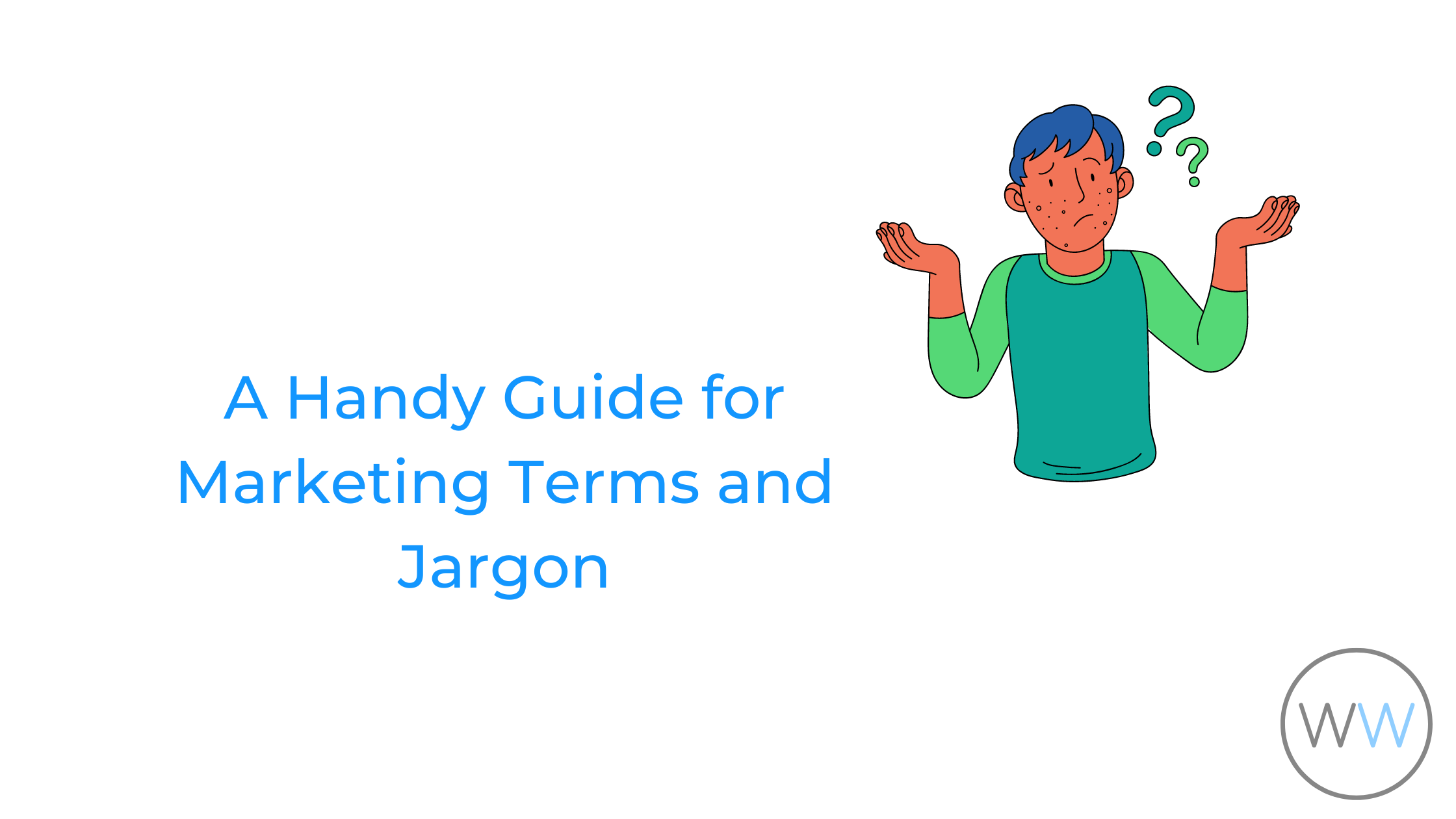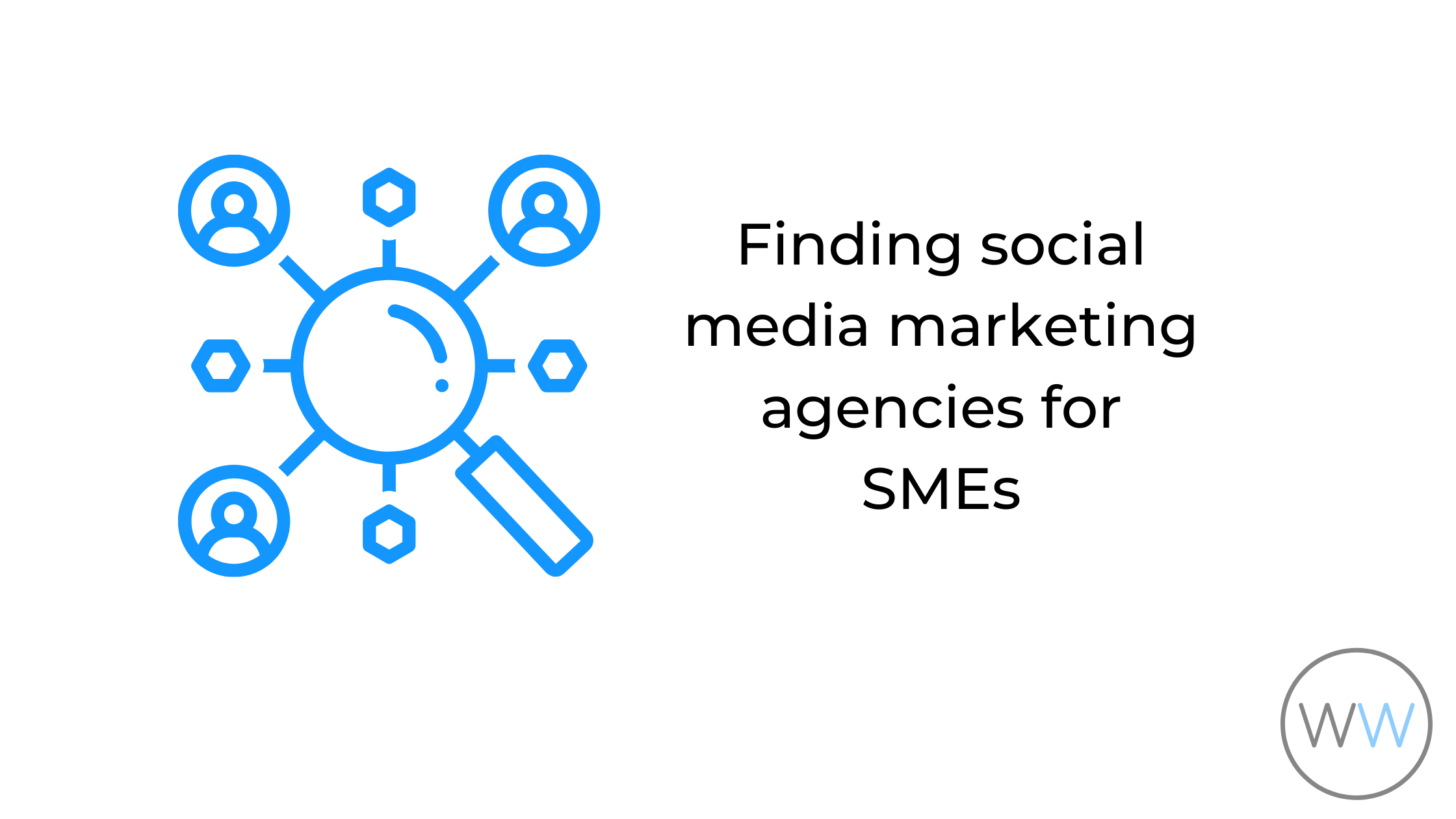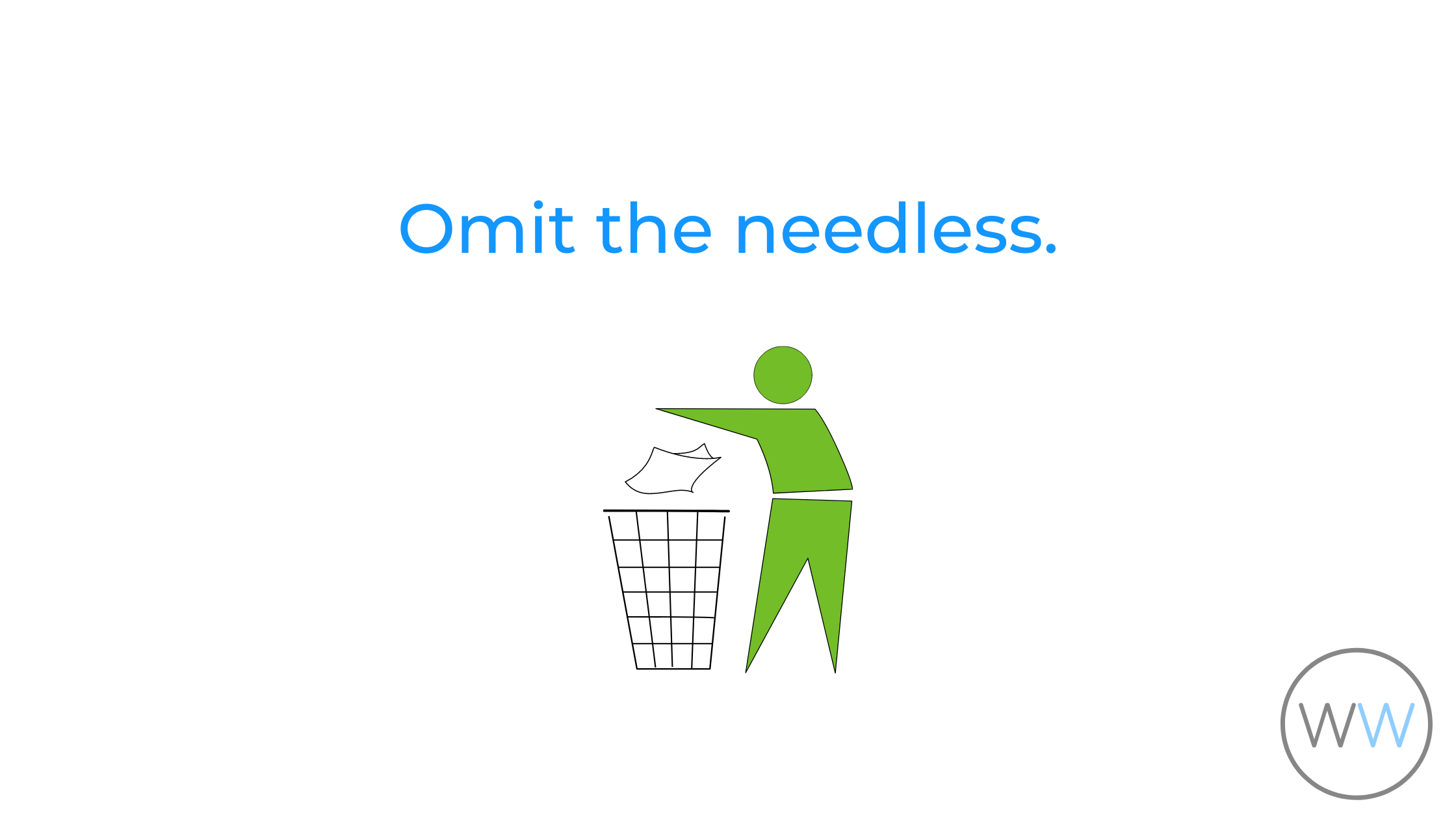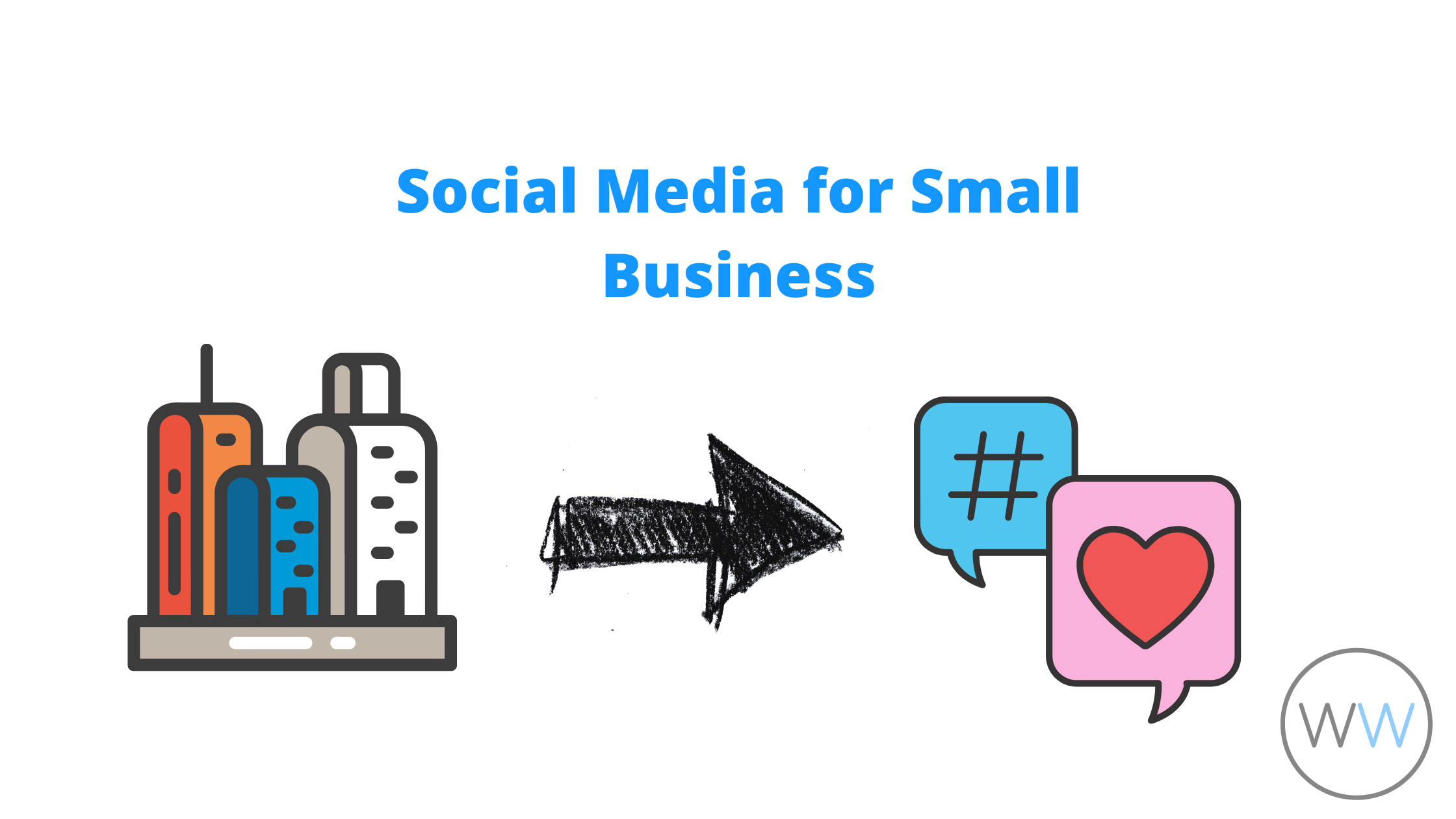Table of Contents
Our Handy Guide to Marketing Terms
Marketing is a constantly evolving field that encompasses a vast range of concepts and strategies. With the rise of digital marketing, new terminologies have been introduced into the mix, making it difficult for individuals to keep up with the latest trends and strategies. In this article, we will define the most popular marketing terminology in simple terms to help you navigate the ever-changing marketing landscape.
SEO:
SEO stands for Search Engine Optimization. It is the process of optimizing your website and content to rank higher on search engines like Google. The goal is to increase the quantity and quality of traffic to your website through organic search results.
PPC:
PPC stands for Pay-Per-Click. It is a model of digital marketing where advertisers pay a fee each time one of their ads is clicked. This model is often used for online advertising on search engines, social media platforms, and other websites.
CTR:
CTR stands for Click-Through Rate. It is a metric used to measure the effectiveness of an ad campaign. CTR is calculated by dividing the number of clicks an ad receives by the number of impressions it generates.
ROI:
ROI stands for Return on Investment. It is a measure of the profitability of an investment. In marketing, ROI is used to determine the effectiveness of a campaign. It is calculated by dividing the profit by the investment and expressing the result as a percentage.
CRM:
CRM stands for Customer Relationship Management. It is a strategy that companies use to manage interactions with their customers. The goal is to improve customer satisfaction and loyalty by providing personalized experiences and maintaining consistent communication.
KPI:
KPI stands for Key Performance Indicator. It is a measurable value that indicates how well an organization is achieving its business objectives. In marketing, KPIs can be used to track the success of campaigns and identify areas for improvement.
Content Marketing:
Content marketing is a strategy that involves creating and distributing valuable, relevant, and consistent content to attract and retain a clearly defined audience. The goal is to drive profitable customer action by providing useful information that addresses the needs of the audience.
Influencer Marketing:
Influencer marketing is a type of marketing that involves partnering with individuals who have a large following on social media platforms. The goal is to leverage their influence to promote a product or service to their audience.
Social Media Marketing:
Social media marketing is a strategy that involves using social media platforms to promote a product or service. The goal is to increase brand awareness, drive traffic to a website, and engage with customers.
Conversion Rate:
Conversion rate is a metric that measures the percentage of website visitors who take a desired action, such as making a purchase or filling out a form. The goal is to increase the conversion rate by optimizing the user experience and improving the effectiveness of calls-to-action.
Branding:
Branding is the process of creating a unique name, design, and image that identifies and differentiates a product or service from its competitors. The goal is to build brand awareness and recognition, establish brand loyalty, and increase the perceived value of the brand.
Call-to-Action:
A call-to-action (CTA) is a button or link that prompts website visitors to take a desired action, such as subscribing to a newsletter, making a purchase, or filling out a form. The goal is to encourage users to take action and convert them into customers.
A/B Testing:
A/B testing is a method of comparing two versions of a web page or ad to determine which one performs better. The goal is to optimize the user experience and improve the effectiveness of marketing campaigns by testing different variations of content.
Landing Page:
A landing page is a web page that is designed to convert visitors into leads or customers. It is often used for a singular action only, rather than giving too many options and losing a user’s interest.






